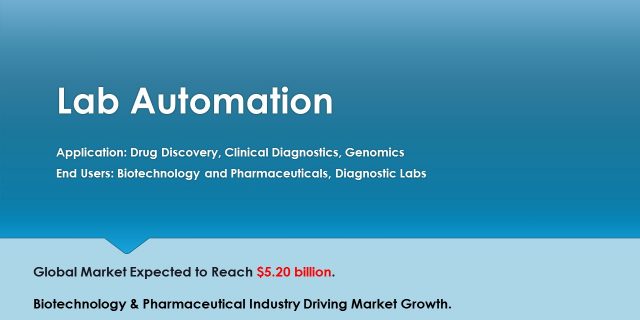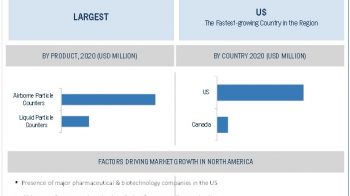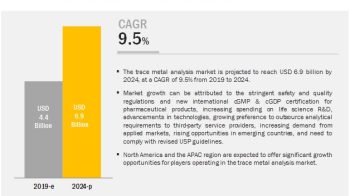
According to a new market research report “Lab Automation Market by Equipment and Software (Robotic Arms, Microplate Readers, LIMS), Applications (Drug Discovery, Clinical Diagnostics, Genomics), End Users (Biotechnology and Pharmaceuticals, Diagnostic Labs) – Global Forecast to 2022″, published by MarketsandMarkets™, the market is expected to reach USD 5.20 Billion by 2022 from an estimated USD 4.06 Billion in 2017, at a CAGR of 5.1%.
Download PDF Brochure: https://www.marketsandmarkets.com/pdfdownloadNew.asp?id=1158
In 2017, Tecan (Switzerland) is expected to dominate the lab automation market. Some of the other players competing in this market are PerkinElmer (US), Danaher (Beckman Coulter & Molecular Devices) (US), Thermo Fisher (US), Agilent Technologies (US), Hamilton Robotics (US), Abbot Diagnostics (US), Eppendorf (Germany), QIAGEN (Netherlands), Roche Diagnostics (Switzerland), and Siemens Healthcare (Germany).
Factors such as process miniaturization, high demand for lab automation equipment in drug discovery and clinical diagnostics, higher reproducibility and accuracy, and large workforce demand and supply gap are likely to drive the growth of this market. In addition, lab automation offers enhanced productivity and reduced costs, better personnel safety, and small volumes of samples and reagents.
Biotechnology & Pharmaceutical Companies Major Revenue Source:
The biotechnology & pharmaceutical companies segment is expected to account for the largest share of the lab automation market. Factors such as increasing product intricacy, pricing pressure, high cost incurred by errors, and need for consistency in quality are driving biotechnology and pharmaceutical companies to adopt automation and accelerate the drug discovery process.
Get Expert Analysis and Insights of Global Market | Request Sample Report:
https://www.marketsandmarkets.com/requestsampleNew.asp?id=1158
North America to command the largest share of the lab automation market in 2017
North America is expected to command the largest share of the global lab automation market in 2017. The increasing adoption of lab automation systems, implementation of the Affordable Care Act (ACA) in 2010 and economy stimulus programs such as increased funds for the National Institutes of Health (NIH) and the National Science Foundation (NSF), and increased R&D activities by biotechnology and pharmaceutical companies are driving growth in the lab automation market in North America.

